You want to explore the beginnings of US history using living books, beautiful memory work, and hands-on projects.
But looking for the best early American history homeschool curriculum can feel overwhelming! Is it possible to pursue a multi-age, customizable plan for homeschool history?
As a 2nd-generation homeschooling mom of 5, I know that studying history together as a family can be both challenging and fun. If we break free of the traditional textbook mindset, history becomes more than lists of dates and dead people.
History becomes a story of flawed, complicated, and often-inspiring humans. And when it’s the story of our own country and culture? It teaches us so much about who we are, where we’ve come from, and where we are going.
Approaching this story with curiosity, wonder, and humility can be one of the most delightful parts of our homeschooling adventure!
What exactly do I mean by textbook-free history? I teach you each step of the way in my Textbook-Free History Masterclass here.
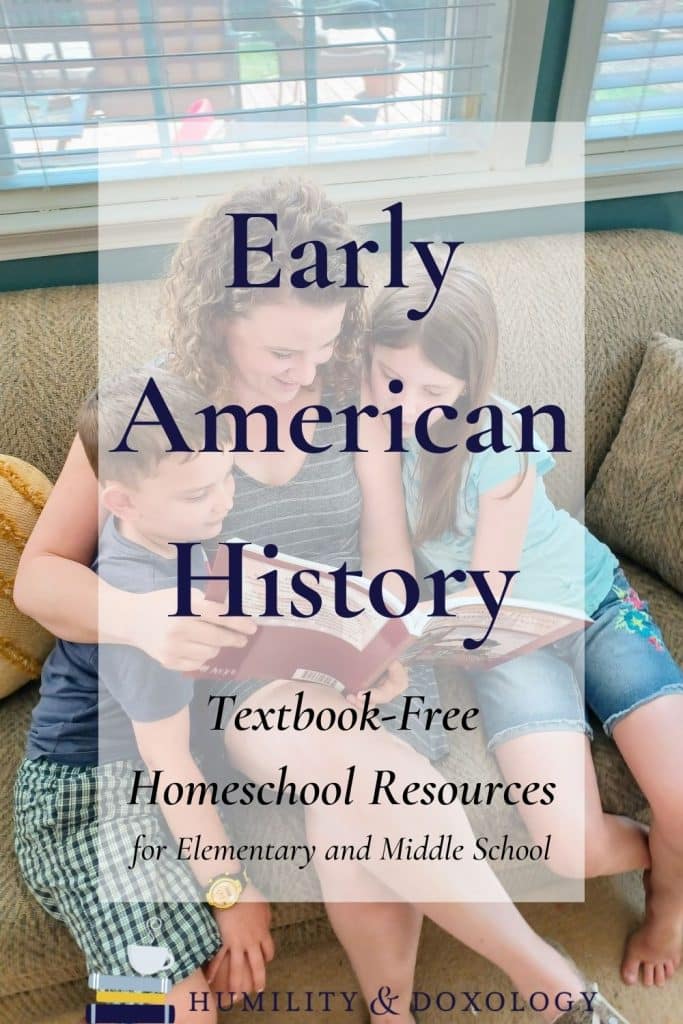
This post contains affiliate links. I received a product for free, and was compensated for my time. All opinions are honest and my own; I was not required to write a positive review. Please see disclaimer.
Next fall our family will be studying Early American history once again, from Native cultures to the Age of Exploration to the mid-1800s. We’re planning on enjoying read-alouds, supplemental reading stacks for all the varying ages, movies, art, and lots of fieldtrips!
What could be better than sharing some of our favorite resources here with you all? We can’t wait to revisit old family favorites and explore some new-to-us book titles.
Grab a library card and a sense of adventure and enjoy some Early American History studies with us!
Of course, sometimes what a homeschool Mama needs is an open-and-go option that eliminates all the decision fatigue.
If you’re convinced that textbook-free history is the way to go, but you’re tired of trying to DIY your homeschool history curriculum, I’ve got a resource for you, too! Sonlight is a great option for a complete US History/Bible/Geography/Literature curriculum sent straight to your doorstep. Want to see my review of Sonlight’s American History Year 1? Click here.
Early American History: the Best Books for Your Homeschool
Ah, book lists! Nothing makes me quite so happy as stacks of books and new book suggestions!
For history, as all subjects, an author’s unique point of view impacts what they choose to include in their book, how they communicate, and the reasons they give for why things occur.
In my own family, I have chosen to widen our book lists rather than limit them. The combating biases and limited perspectives from a wide range of authors enables us to see more clearly the story as a whole.
As a family, we seek to neither idealize nor demonize people from the past.
To understand more about my perspective on this, check out my interview on the Your Morning Basket Podcast.
But it is important to note here that all of the ideas expressed in the books and other resources I share do not necessarily reflect my own beliefs. I choose to read and discuss many varied, complex, and potentially controversial ideas with my children, and it often leads to fascinating conversations.
Please read these books, as all things, with discernment. None of us have time to read All the Books, so choose whichever ones seem to fit best for your own unique family.
US History: Spine Titles
Textbook-Free History for our family always starts with a non-fiction read aloud that I call our history “spine.” The rest of our studies flow out of our group reading.
Genevieve Foster’s books are my absolute favorite core texts for our American history studies. I love her books because they are accessible to a wide age range and make ideal read alouds.
The engaging, narrative style of Foster’s books means that even my youngest children are interested and able to follow the stories. The depth and breadth of material is not too babyish, however, for my older learners.
Foster is able to communicate how many different people, countries, and events were developing simultaneously at any given time. You begin to discover how nothing occurs in isolation, and how interconnected all the historical events actually are!
For American history from the Age of Exploration to the mid 1800s, I recommend the following titles as the spine of your homeschool history curriculum:
- The World of Columbus and Sons
- The World of Captain John Smith
- The World of William Penn
- George Washington’s World
- Year of the Horseless Carriage:1801
- Abraham Lincoln’s World (first half)
There are many other good books you can use as the core title in your Early American homeschool history curriculum:
The Landmark History of the American People, Volume I by Daniel J. Boorstin
This title has been recently updated, and the new edition is filled with engaging illustrations, maps, timelines, and charts. While Foster’s books are biographical in focus, this Landmark history is more topical in approach. It includes fascinating details on various aspects of early American history. My mother-in-law actually brought me a huge stack of the old original hardback Landmark books last year, including Boorstin’s History of the American People volumes 1 and 2! I plan to assign volume 1 as independent reading for my 5th and 7th graders, and will have them use this title as a source for their reading journal entries.
The Beginner’s American History from Christopher Columbus to John Sutter, by D. H. Montgomery
Sonlight co-founder John A. Holzmann has edited and updated an abridged version of the original 1893 text, removing, according to the back cover, “racist and archaic features of the original.” Each of the 27 chapters focuses on the life of a key figure from US History. Short sections are divided by headings and each chapter ends with comprehension questions. If you’re looking for a short overview, this is a good option. But it is not as engaging, detailed, or nuanced as the Genevieve Foster series. It would also not be as interesting to older students, so I think it would work better as a read aloud or independent read (depending on the child) for elementary ages.
History of US by Joy Hakim
You probably recognize this 11-volume set that is commonly found in libraries. If you’re trying to save money with your library card, this may be the easiest ones to find at your local library. (Although do remember you can always request purchases at your library if there’s a particular book you want!) We do not typically read these through cover to cover (although one certainly could), but they make excellent reference guides when we want to learn more about a specific person or event. This series is probably more appropriate for middle school and up if read independently.
US History: Supplemental Books
With our read-aloud history spine book as foundation, we also provide a wide range of historical fiction and quality non-fiction for our children to supplement our history studies.
Typically, I gather all the applicable books from a time period and place them on the designated smaller shelf in our kitchen. Some of those titles I will specifically assign to certain children. Other times, I will tell them to read for 30 minutes to an hour from a book of their choice.
I also check to see what audiobooks are available at our local library. Some of my children just prefer “reading with their ears,” but audiobooks also make a wonderful option for family read-alouds in the car!
Some children are fast readers and read more books in a year. Other children read fewer, and that’s ok, too. After all, isn’t the joy of homeschooling being able to go at our own pace?
Either way, no child will not get to every book on the supplemental history book shelf, obviously! Since we cycle through the epochs of history on a 4-ish year cycle, there will be plenty of books they miss the first time around that they can enjoy in future years.
I actually also have an entire post dedicated to books celebrating the contributions of African Americans in our nation’s history. Rather than typing those titles out again under the categories below, be sure to check out that book list here!
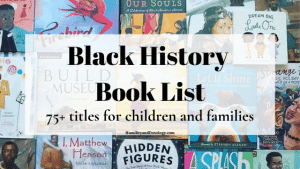
Early American History Books for K-5th graders
The D’Aulaire’s books combine uniquely fantastic illustrations with quality prose. Leif the Lucky, Columbus, Pocahontas, George Washington, Benjamin Franklin , and Buffalo Bill are all D’Aulaire books worth checking out.
Betsy and Giulio Maestro’s series on American history make a good transition for young learners between picture books and longer non-fiction.
Holling C. Holling’s books combine geography and history with gorgeous illustrations!
Jean Fritz‘s picture books are always fun, too, and there are so many available that you’re sure to find a few at your local library. (She also has chapter book titles appropriate for older students.)
Early American History Books for late elementary to middle school
Of course, I’m a strong believer in the principle that you’re never too old for picture books. The authors included in the previous section are well worth exploring even with older students.
But here are a few favorite early American history book suggestions for the late elementary to middle school years. You can read these aloud as a family, listen to the audiobook, or assign them for independent reading.
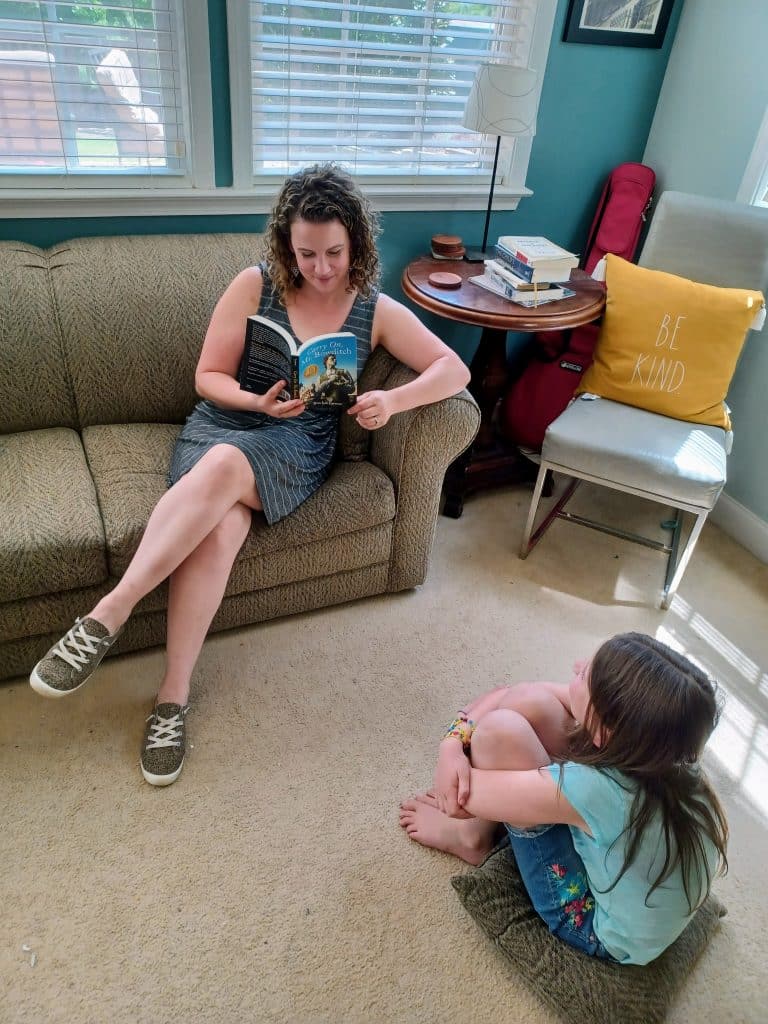
- A Gathering of Days, by Joan Blos
- A Lion to Guard Us, by Clyde Robert Bulla
- Amos Fortune, Free Man by Elizabeth Yates
- Birchbark House, by Louise Erdrich
- Blue Birds, by Caroline Starr Rose
- Calico Bush, by Rachel Field
- Calico Captive, by Elizabeth George Speare
- Carry on, Mr. Bowditch, by Jean Lee Latham
- Fever 1793, by Laurie Anderson
- Frontier Living, by Edwin Tunis
- Nathan Hale’s Hazardous Tales is a series of graphic-novel style nonfiction books sure to delight reluctant readers and graphic novel lovers alike.
- George Washington: Spymaster, by Thomas Allen
- Hitty, Her First Hundred Years, by Rachel Field
- Johnny Tremaine, by Esther Forbes
- Justin Morgan Had a Horse, by Marguerite Henry
- Of Courage Undaunted, by James Daugherty
- Seeds of America Trilogy, by Laurie Anderson
- Sign of the Beaver, by Elizabeth George Speare
- Skippack School , by Marguerite de Angeli
- Squanto, Friend of the Pilgrims, by Clyde Robert Bulla
- The Cabin Faced West, by Jean Fritz
- The Legend of Sleepy Hollow and Rip Van Winkle, by Washington Irving
- Witch of Blackbird Pond, by Elizabeth George Speare
Those titles above have all been read either as read-alouds or as independent readers with my own kids. But I’m always looking for new titles to add to our shelf!
That’s one of the reasons I was so excited to dig into the huge box filled with goodies from Sonlight recently.
Sonlight’s Intro to American History, Year 1 of 2 includes a dozen books we’ve never read, including several I had never even heard of before!
I’m especially excited to dig into these 5 titles from Sonlight which explore the lives and cultures of various indigenous people:
- Naya Nuki: Shoshoni Girl Who Ran, by Kenneth Thomasma (Shoshoni)
- Om-kas-toe: Blackfeet Twin Captures an Elkdog, by Kenneth Thomasma (Blackfeet)
- Peacemaker, by Joseph Bruchac (Iroquois)
- The Corn Grows Ripe, by Dorothy Rhoads (Maya)
- Walk the World’s Rim, by Better Baker (Avavares)
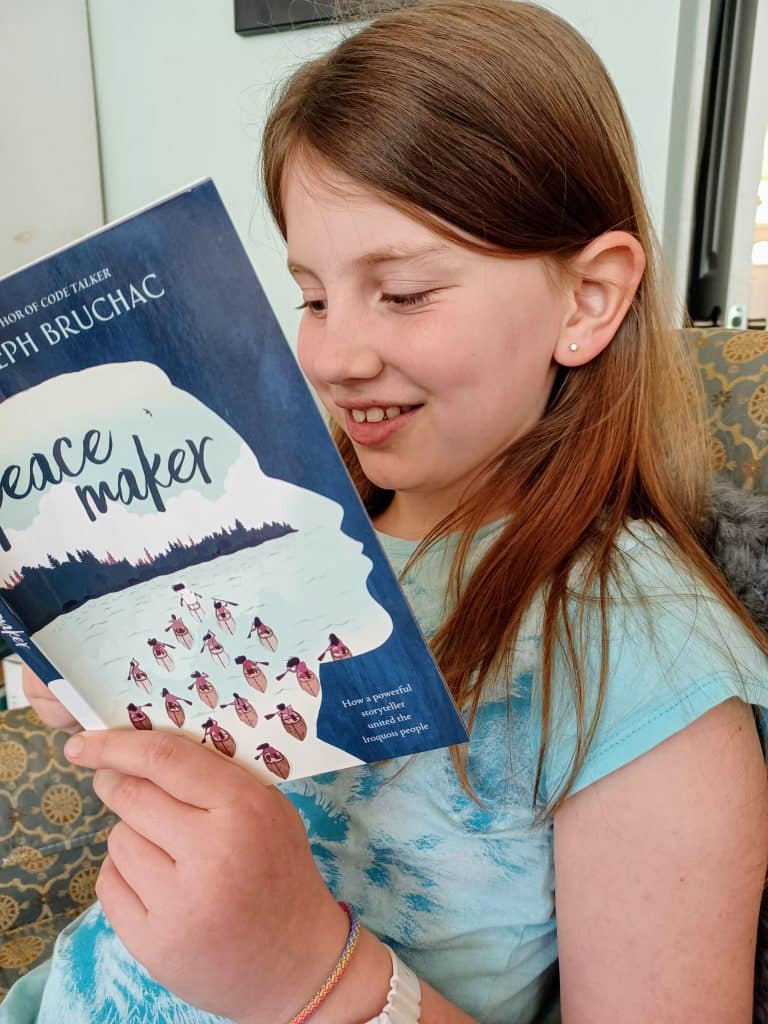
Want to see all the amazing books included in Sonlight’s American History homeschool curriculum? Click here!
Early American History: Beyond Books
US History Memory Work and Copywork
We love including memory work in our Morning Time that is relevant to what we’re studying in history! Here are a few suggestions for memory work that is relevant to Early American History:
- Mayflower Compact
- Preamble to the Constitution
- Declaration of Independence
- Patrick Henry’s “Give Me Liberty” speech
- “Midnight Ride of Paul Revere” by Henry Wadsworth Longfellow (Compare the events in the poem with the historic account given here. You can also read a letter Revere wrote to his friend in circa 1798. )
- “Early Affection” by George Moses Horton (the first southern, African-American man to be published)
- “The Raven” by Edgar Allen Poe
Other early American poets to consider including in your memory work rotation: Emily Dickinson, Phillis Wheatley, Anne Bradstreet, Henry Thoreau, Walt Whitman, Ralph Waldo Emerson, John Greenleaf Whittier, James Russell Lowell, and Oliver Wendell Holmes
Art and Hands-On Projects
One of the best ways to deepen our understanding for a particular time period is to explore the art of the time. And of course hands-on projects are a great way to add a little fun pizzazz to our homeschool day. Here are a few resources to get you started:
- Picture Study: Artist Joshua Johnson
- Picture Study: Prince Demah
- Picture Study: John Singleton Copley
- Picture Study: The Hudson River School (Cole, Church, Cropsey, Durand)
- American History with Chalk Pastels
- Winter Count Craft Project
Geography
History also guides our geography focus. Geography is a natural outworking of our Early American history lessons. I love that Sonlight includes map work as a regular part of their curriculum, so if you use their American history program you are already set without any extra work needed!
Here are a few of our other favorite US Geography resources:
- Draw the USA by Kristin Draeger helps you learn to draw a blob map, freehand, of the entire United States.
- GeoPuzzles are a helpful way to tactilely reinforce the geography of a region.
- Another fantastic USA puzzle is this lovely wooden map by Melissa and Doug. Ours has survived 5 small children so far…and with the destructive powers my children show, that should tell you something!
- Take a look at this list of the best geography games for your homeschool.
Movies
There are some wonderful supplements to your studies to be found on screen as well! Here are a few of our family’s favorites. Be aware of your own family’s needs and sensitivities before showing to young students.
- Liberty’s Kids is a definite favorite with our children! I love that it tells the story of the American Revolution from a variety of perspectives.
- Lewis and Clark: the Journey of the Corps of Discovery (a Ken Burns documentary. You can find it streaming as part of American Lives, or purchase the DVD on its own).
- Independence (You can see this in Philadelphia at the Independence National Historic Park, one of our favorite family adventures.)
- Valley Forge: a Winter Encampment (This is the video they show at the Valley Forge National Park, another one of our favorite family fieldtrips so far!)
- Drive-Thru History is another favorite series our children enjoy. You can get a brief taste by streaming a 3-part series on some of America’s founders here, and you can see the entire series on the Drive Thru History website.
- John Adams (based on the fabulous book by David McCullough; highly recommend his American history books for teens and adults!)
- Williamsburg: the Story of a Patriot (You can see this film if you visit Colonial Williamsburg — which you should definitely do if at all possible– or you can watch it in the comfort of your own living room.)
- Hamilton the Musical is probably not recommended to watch all the way through if you have young children, but you can still enjoy the soundtrack! Many of the Hamilton songs have become a familiar part of our family’s lexicon. Depending on the ages of your children, you will want to pick and choose excerpts wisely, since even the “clean” soundtrack includes inappropriate language at times! “You’ll Be Back,” “Guns and Ships,” “History Has Its Eyes on You,” “Non-Stop,” and “One Last Time” are a few of our family’s favorite tracks.
Fieldtrips
Besides books, fieldtrips are my favorite part of history studies. While I haven’t yet been able to take the kids to Egypt to explore the pyramids, or Ancient Greece to discover the wonders of the Acropolis, I can easily expose them to many historic sites when we’re studying Early American history!
While there are, of course, the famous sites like Williamsburg, Yorktown, Valley Forge, Roanoke, and St. Augustine, don’t neglect the hidden local sites nearby. There may be frontier-style farms with hands-on tours available, tiny local battlegrounds with fabulous reenactments, Native American living history sites and memorials, or museums and heritage centers for your very own town.
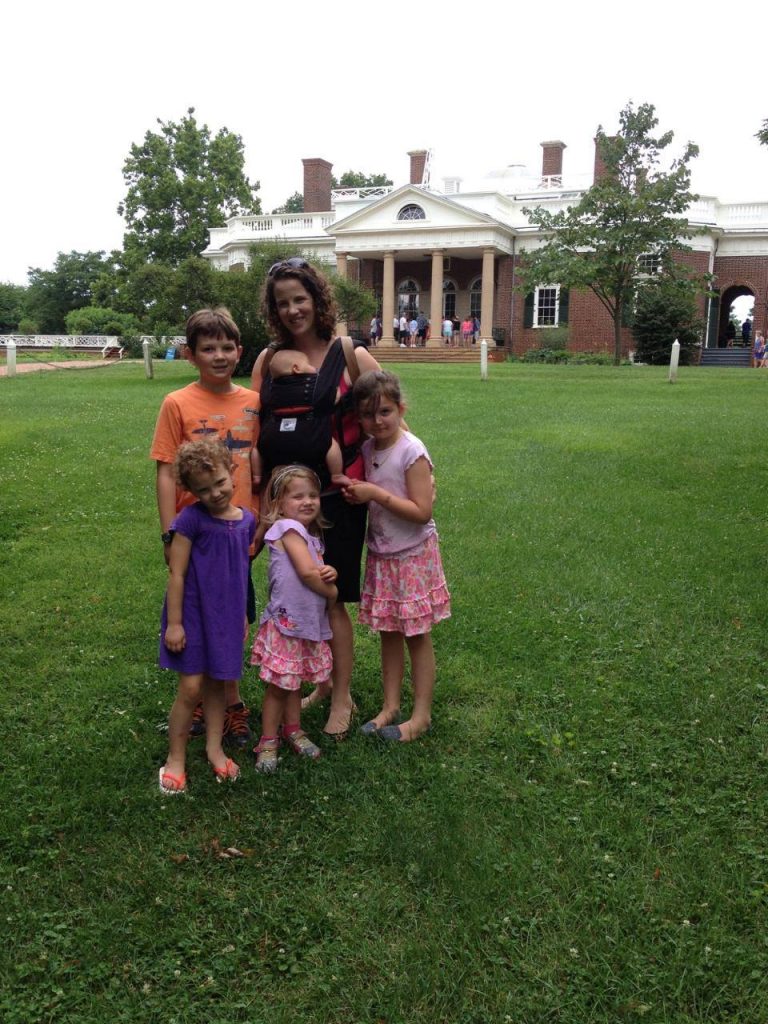
Open and Go Option: Sonlight’s Newly Updated Literature-Based Homeschool Curriculum for US History
Decision fatigue is one of the worst enemies for the homeschool mom. We’re trying to balance the needs of many kids in many grades, and suddenly we find ourselves waking up in the morning with no idea what to teach next.
DIY textbook-free history can be great, but it only works if you actually do it.
And sometimes coming up with the book list, planning activities, and coordinating AllTheThings is just too much for the season we’re in.
Have you ever found yourself spending way more hours researching plans for history curriculum than you spend actually exploring the material with your kids?
If you’ve ever found yourself coasting through the school day without a vision, but you long for a more systematic approach to your curriculum, you may want to consider Sonlight’s Newly Updated for 2022 History/Bible/Literature D (US History Part 1).
Part 1 of a 2-part US History series, HBL D covers American history from Native Americans to 1850, weaving literature, geography, and Bible together into a unified (and thoroughly-laid-out) plan.
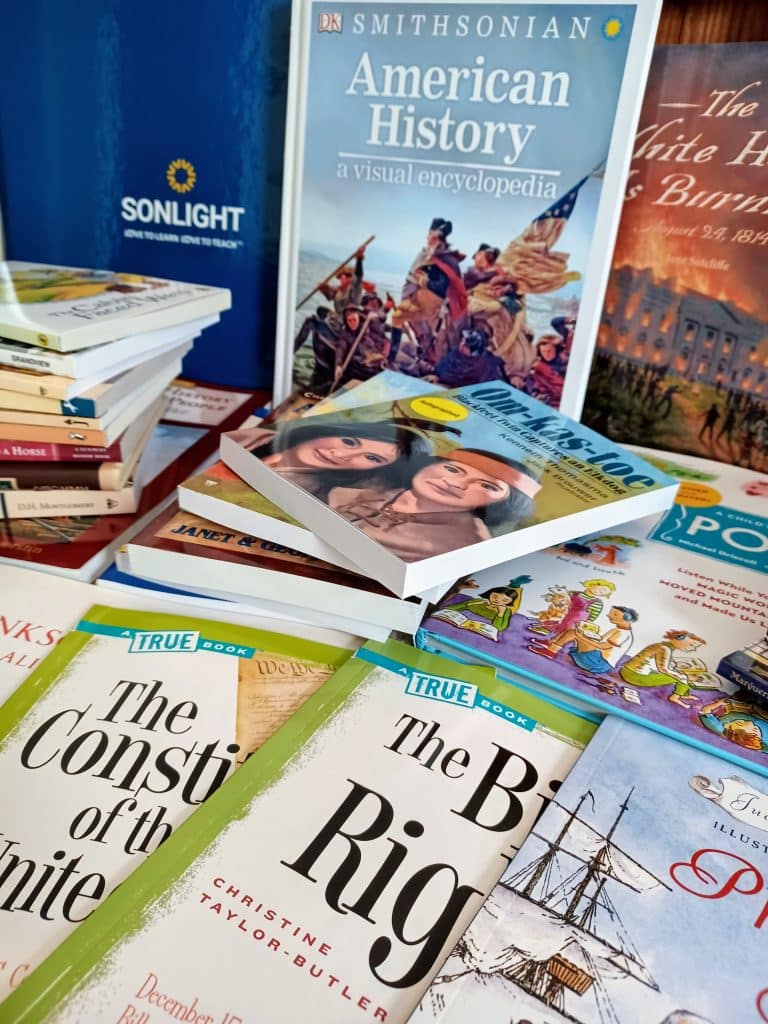
Don’t worry. You don’t have to get a separate history level for each grade in your home! Sonlight has specifically curated this level of US History curriculum for 8-11 year olds. In my opinion, however, almost all of the books and resources included in HBL D will easily work across multiple grades, enabling you to teach elementary through middle school with a one-room-schoolhouse approach.
One thing to remember: even a great curriculum guide is still that… a GUIDE. If you feel overwhelmed by the quantity of books included in this program, you don’t have to do all of it.
Let me say that a different way: you are in charge of your own homeschool curriculum! I think the Mama who would be most successful with Sonlight is the one who is willing to tweak it and make it fit her own family.
Someone asked me on Instagram for my best suggestions for keeping up with all the read alouds. I think audiobooks from your local library can be an excellent option!
Especially for a mom with littles to teens, we won’t be able to necessarily read aloud all the books we’d like to in any given homeschool year.
It’s better to choose to read slightly modified selections from the recommended list, and actually do it, than try to do too much and not keep up.
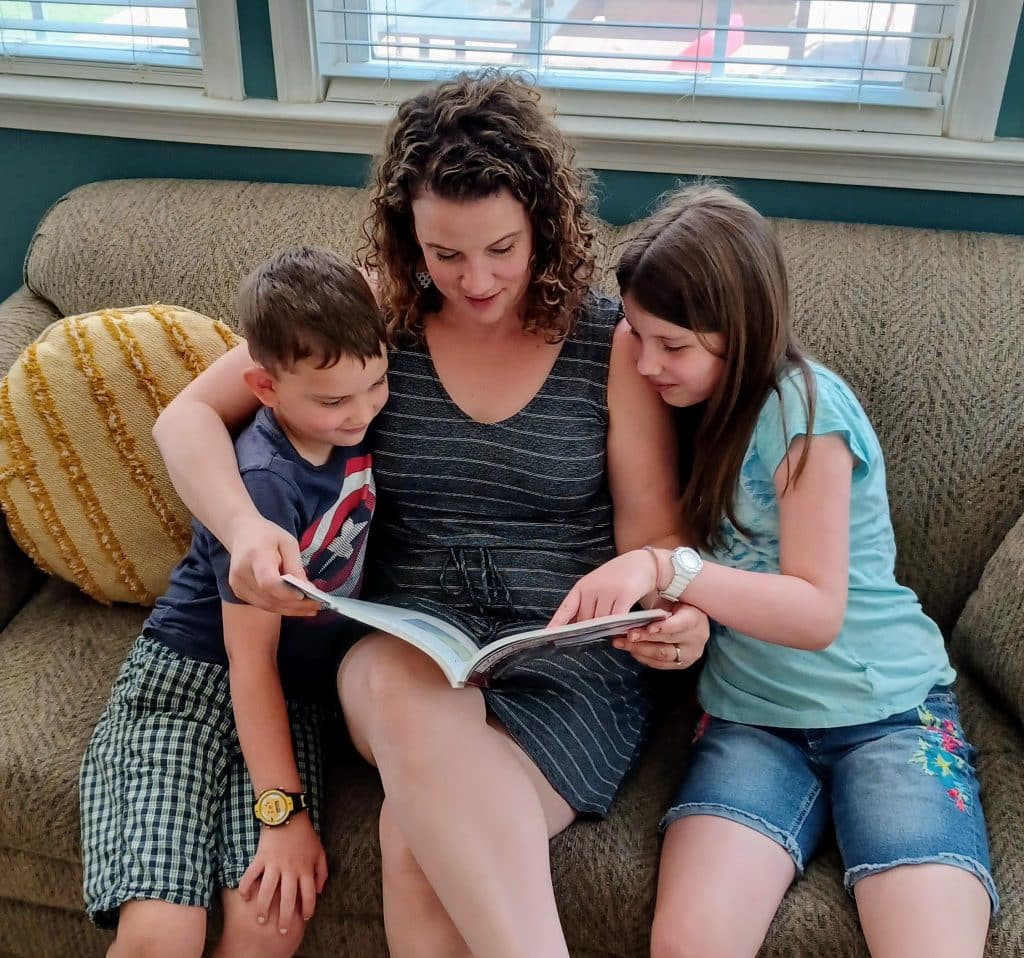
What’s Included in Sonlight’s History / Bible / Literature D Program
Instructor’s Guide
Sonlight’s Instructor’s Guides are a huge hit with busy homeschool moms looking for an open-and-go curriculum option! No need to stay up late the night before planning the next day’s homeschool list. The Instructor’s Guide lays everything out for you in a simple, easy-to-follow grid. I love that it’s designed for a 4 day/week plan which gives busy homeschool moms an extra level of flexibility.
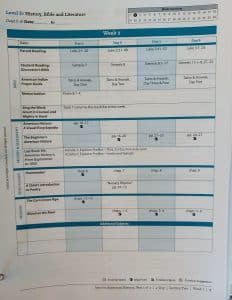
Bible
The American Indian Prayer Guide teaches about 36 indigenous people groups and gives suggestions for prayer. The short daily readings would work great in a Morning Basket.
The Discoverer’s Bible for Early Readers is the NIrV version, a simplified version of the NIV edited for a 3rd grade reading level. Please note that it does include pictures of Jesus, which means that families with 2nd commandment concerns may want to consider another option. Our own family uses an audio Bible for our early readers, gradually encouraging them to read longer and longer passages of our family Bibles on their own.
Sing the Word: Great in Counsel and Mighty in Deed CD sets the Scripture memory verses to music! Love it!
History/Literature
HBL D includes several core History non-fiction titles, timeline figures and a timeline book, a dozen read-aloud historical fiction literature selections, and several additional “readers” for children to read independently.
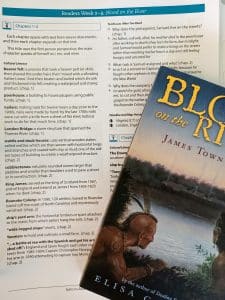
I was thrilled to see that one of our family’s all-time-favorite poetry resources is included as well!
Click here to see all the amazing titles included in Sonlight HBL D program.
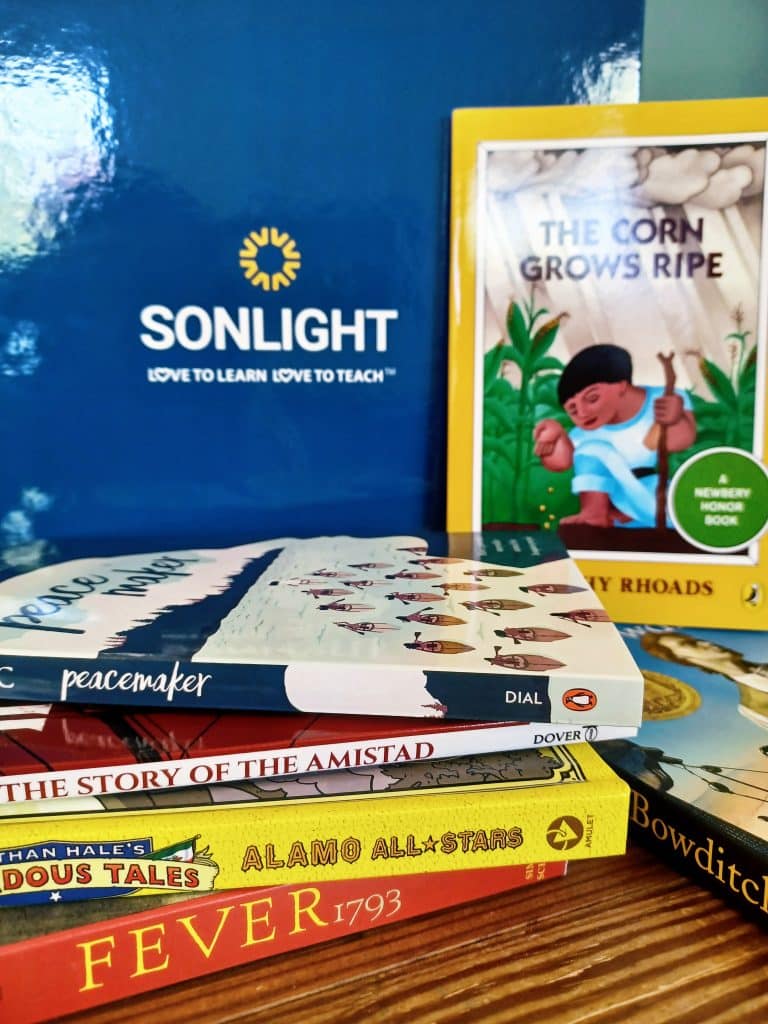
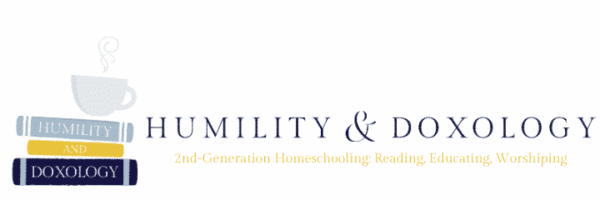
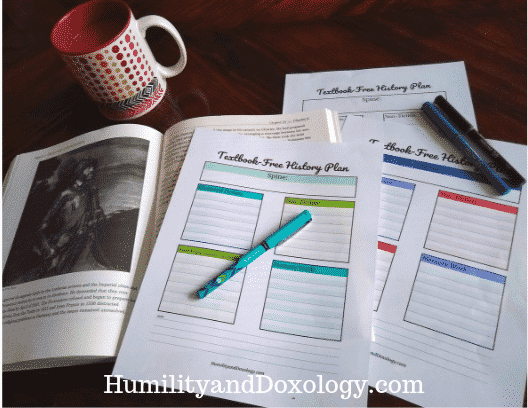










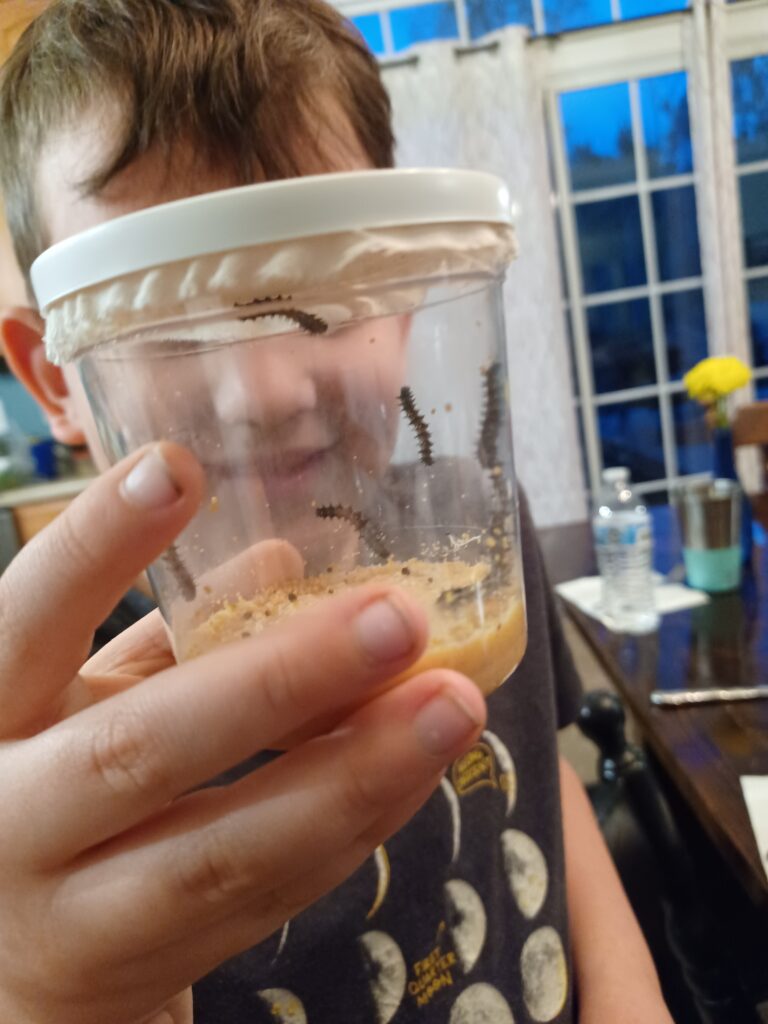
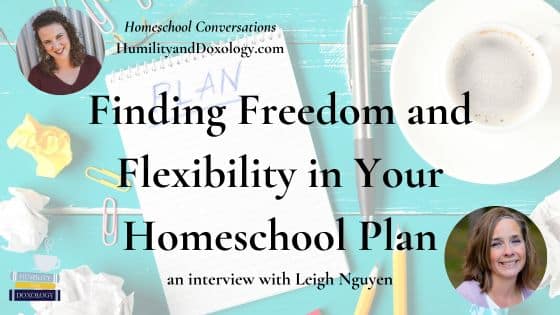

Brilliant list! Many titles that I love but you’ve also given me a few great ideas for future homeschool plans! I’m a huge de Angeli fan myself and have found Bright April, Copper Toed Boots and The Black Fox of Lorne–all amazing. I also really love Coffin’s Boys of 76 (free on Google Books)
What fantastic finds! Yes, we own 4 of Coffin’s books (I believe that is the whole series?), but I have only personally read Story of Liberty. My oldest son has read the other titles, I believe!
Pingback: Textbook-Free History – Humility and Doxology
Thank you for such an extensive list!! My amazon list just got longer!!
Hopefully you can find some at your local library! 🙂 🙂
Pingback: 1st and 3rd Grade Homeschool Curriculum Plans 2018-2019 – Humility and Doxology
Pingback: 6th and 8th Grade Homeschool Curriculum Plans 2018-2019 – Humility and Doxology
Pingback: Our Real-Life Morning Time Demo – Humility and Doxology
Pingback: Day in the Life 2019 (with a 13, 11, 8, 6, and 3 year old) – Humility and Doxology
Pingback: Hands-On History Project Inspired by Native American Winter Counts – Humility and Doxology
Once I realized we had an excuse to visit Boston in August, I decided this is our year for early American history. Going through this list again and LOVING it! <3 Thank you!
Oh how fun!! I have never been to Boston and it is one of my top wish-list places to visit. I know it’s not exactly historical, but be sure to check out the Make Way for Ducklings statues in the park. 🙂 So glad this list is a helpful resource; thanks for reading. 🙂
Hi Amy! I’m going back to this post to fill out our textbook free history plan for the coming school year–woohoo! I have all of the Genevieve Foster books you recommended as spines, and I love how they create an almost seamless narrative from 1451-1850 (and beyond). But I’ve been realizing just how many pages are in all of the books cumulatively! I’m leaning toward keeping them all in my plans, and just letting this study extend as long as it needs to into next school year. Basically, I’m planning to have an amount of time set aside for history each day, and we’ll read what we can in that time and just keep working through the books. Alternatively, we could either try to rush through the books by spending more time each day, or cut some chapters out, but neither of those options is appealing. I’d love to hear any suggestions or advice you have, please! For reference, my oldest is 9, so my priority with history is more about presenting it in an enjoyable and memorable way, rather than making sure we cover a certain amount of time in the school year. Thank you!
This is such a great question, and I absolutely love you heart for presenting history in a memorable and enjoyable way rather than focusing on covering a certain amount of topics just for the sake of it. I think the easiest thing might be to just give a certain amount of time each day you’re going to read aloud and then see how far you get. You can either extend the study into the next year or just stop wherever you are, knowing you’ll return to it another time. In 30 min/day you could read potentially 20-50 pages…depending on interruptions and how quickly you read. 😉 Maybe you could try timing yourself for the first week and get an average number of pages per day to help you plan more realistically? But yeah, I hear you…rushing is just stressful and not joyful at all!